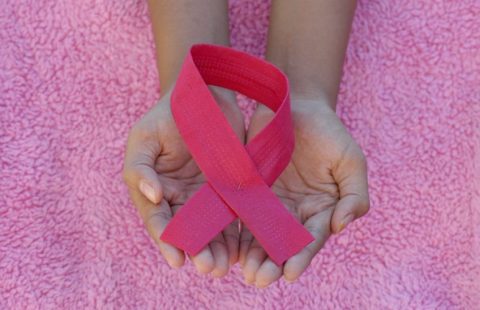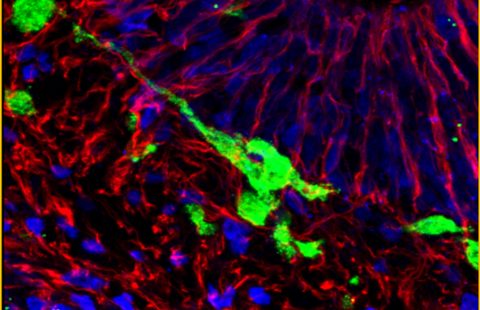Targeting ferritinophagy inhibits growth of quiescent leukemic stem cells in patient derived mouse models
Science Translational Medicine, 24 juillet 2024
DOI : 10.1126/scitranslmed.adk1731
Clement Larrue1,2,3,4,*, Sarah Mouche1, †, Paolo Angelino1,5, †, Maxime Sajot2,3,4, Rudy Birsen1,6,7, Olivier Kosmider6,7, Thomas Mckee8, François Vergez9, Christian Recher9, Véronique Mansat-De Mas9, Qiong Gu10, Jun Xu10, Petros Tsantoulis1, ‡, Jean-Emmanuel Sarry2,3,4, ‡ and Jerome Tamburini1,6,11 *
1Centre for translational research in Onco-Hematology, Faculty of Medicine, University of Geneva, and Swiss Cancer Centre Leman, 1206 Geneva, Switzerland
2Centre de Recherches en Cancérologie de Toulouse, Université de Toulouse, Inserm U1037,
CNRS U5077, 31100 Toulouse, France
3LabEx Toucan, 31100 Toulouse, France
4Équipe labellisée Ligue Nationale Contre le Cancer 2023, 31100 Toulouse, France
5Translational Data Science, SIB Swiss Institute of Bioinformatics, 1015 Lausanne, Switzerland.
6Université de Paris, Institut Cochin, CNRS U8104, Inserm U1016, 75014 Paris, France
7Assistance Publique-Hôpitaux de Paris, Hôpitaux Universitaires Paris Centre, 75014 Paris, France
8Division of Clinical Pathology, Diagnostic Department, Geneva University Hospitals, 1205 Geneva, Switzerland.
9Centre Hospitalier Universitaire de Toulouse, Institut Universitaire du Cancer de Toulouse Oncopole, Service d’Hématologie, 31100 Toulouse, France
10Research Center for Drug Discovery, School of Pharmaceutical Sciences, Sun Yat-sen University, Guangzhou 510006, China
11Oncology Department, Geneva University Hospitals, 1205 Geneva, Switzerland
† These authors equally contributed to this article
‡ These authors equally contributed to this article


